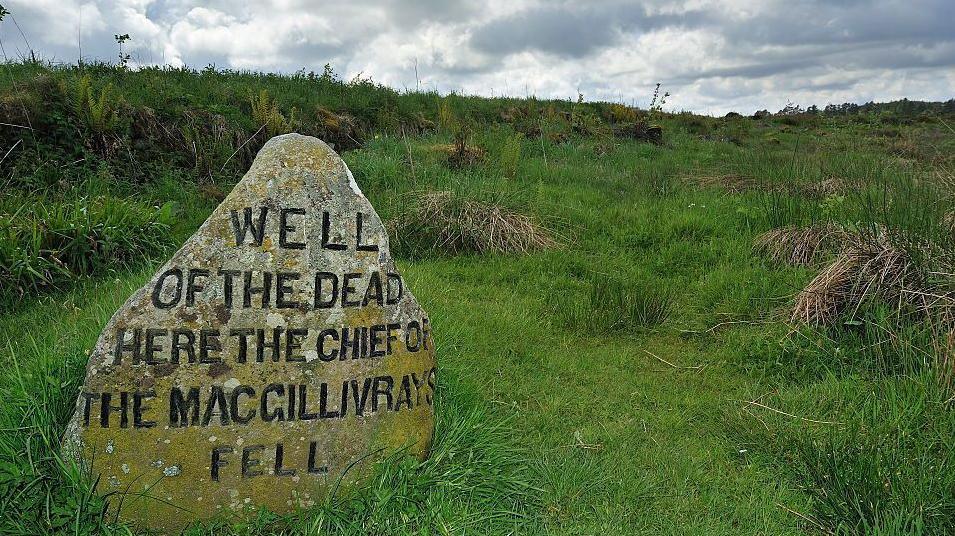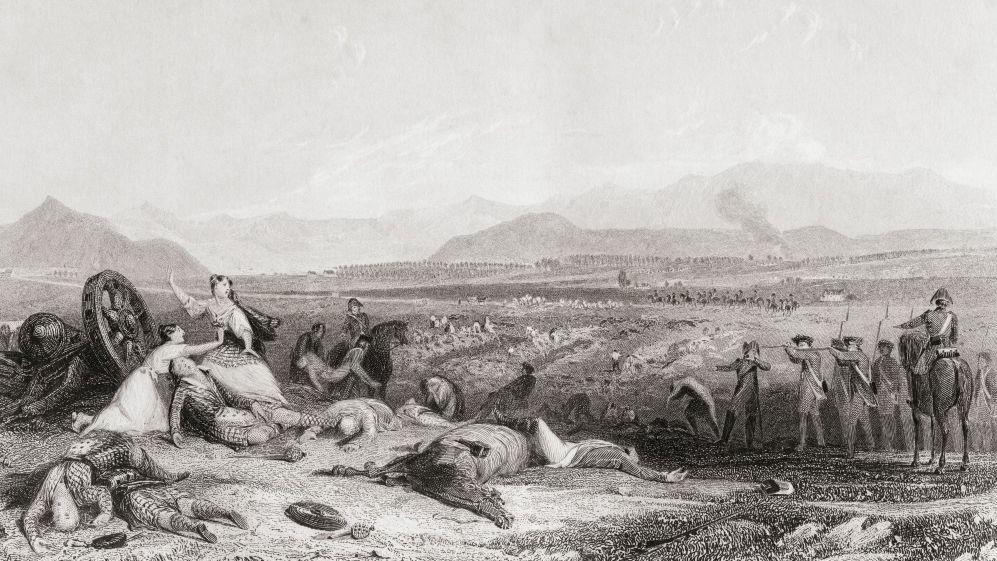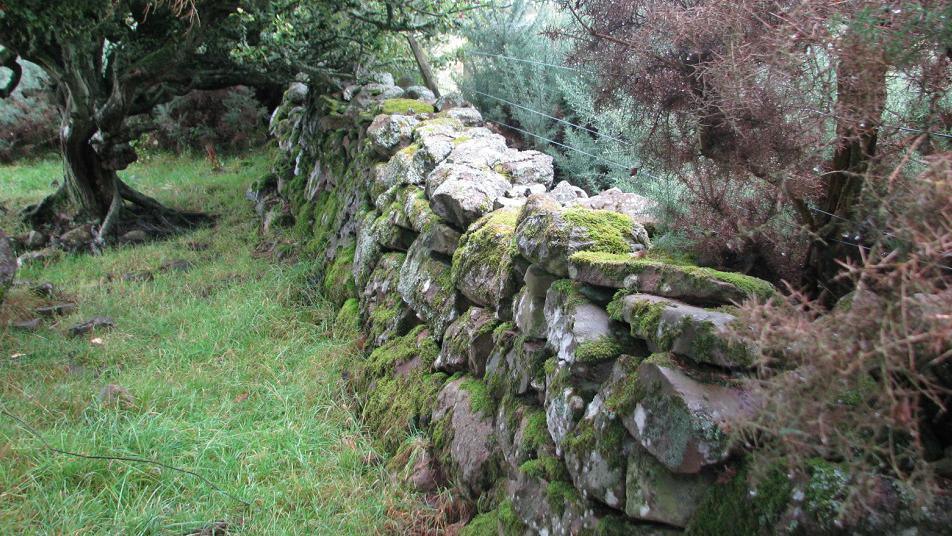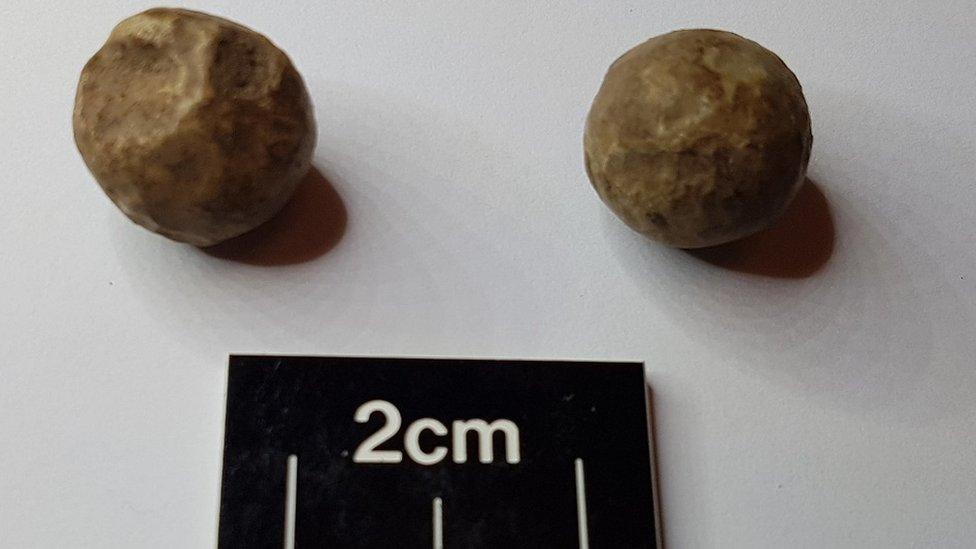New archaeological dig at Culloden Battlefield

A grave marker at Culloden Battlefield
- Published
Archaeologists helped by volunteers are carrying out a new investigation at of the site of the Battle of Culloden.
The battle on 16 April 1746 saw forces loyal to Bonnie Prince Charlie defeated by the Duke of Cumberland's government army.
Fought near Inverness, it involved the deaths of about 1,600 men - 1,500 of them Jacobites.
National Trust for Scotland (NTS) and University of Glasgow are being supported by archaeology students and volunteers from RAF Lossiemouth and Kinloss Barracks in Moray.
Techniques used in archaeological digs at the site of 1815's Battle of Waterloo in Belgium are to be applied to the investigation at Culloden.
NTS manages a large area of the Highland battlefield.
The trust's Derek Alexander said: "It's always exciting to be working at Culloden Battlefield and so many of the artefacts have great stories to tell.
"Even small-scale pieces of fieldwork can contribute to a better understanding of how the battle unfolded."
Previous digs have uncovered a wide range of artefacts, including a shoe buckle believed to have belonged to Donald Cameron of Lochiel.
Artillery weaponry called grapeshot along with musket balls have also been found in the past.

An illustration from 1859 portraying the Battle of Culloden
Archaeologist and battlefields expect Prof Tony Pollard, of University of Glasgow, said: "It's been nearly 20 years since I’ve worked on the archaeology of Culloden.
"It’s exciting to be back, and I’m looking forward to us applying archaeological techniques we’ve developed more recently at Waterloo, where, as we did at Culloden first time around, we have made a valuable contribution to our understanding of a battle which in its own bloody way made history."
NTS said areas such as the Field of the English would be targeted for metal detecting.
The trust added the dig would be conducted with great care and respect due to the battlefield being a designated war grave.
Related topics
- Published28 July 2022

- Published4 November 2021
